The City is Us
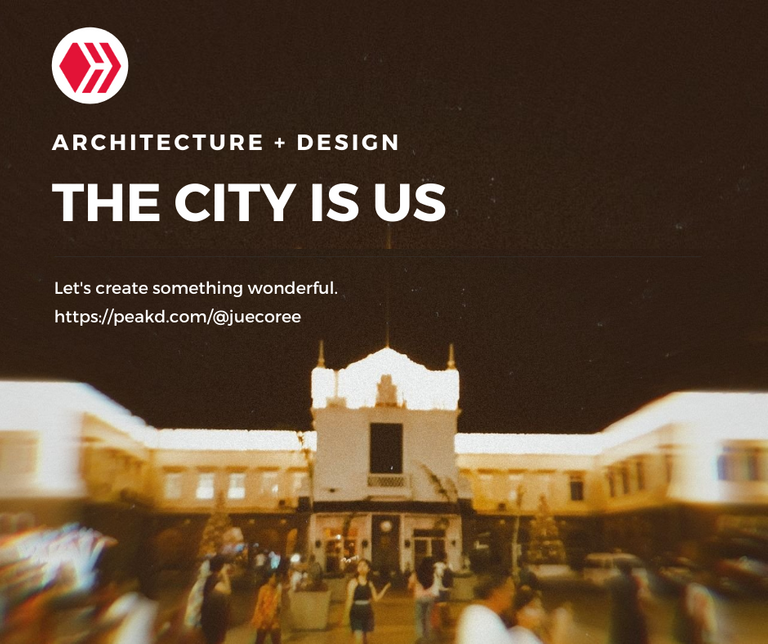
The holidays are a week away. I am thankful since I started to unload some of my workloads for the month-and-a-half-long crazy schedule. I had been away from writing and creating content for the community for more or less a month. I had to juggle the crazy schedule, research, and creating content. I had to slow down creating content to prioritize real-life errands.
Somehow, I got stuck into a rabbit hole of stress and mental exhaustion. Despite how much I juiced out my brains, I can't complete my blogs. As the holidays bring bliss and breaks, I am now ready to reboot my series for the community. Since the pandemic started, I was on a work-from-home set up for most of the time with the occasional visit to the office. I only go out to buy groceries and necessities. I seldomly go out unless necessary.
I was waiting in the park the other day, and it dawned on me that the city where I lived lacked parks and good walking space. I missed the good old days where the place had a decent plaza to enjoy. I contemplated what makes the city livable, loveable, and viable. When we think of a city to live in, we always look at the aesthetics and the economic potential it can bring us. Is it just that? Sometimes, I asked myself why other cities got everything while others were seemingly scarce.
When we compare a run-down slum with the gorgeous urbanscape of the elites, it is far more appealing to the eye, but there's more to urban planning than simply aesthetics. Urban space has to be livable. Aesthetics doesn't assure livability. Our public space affects us as much as our rooms affect us. Urban design influences us to be pessimistic or optimistic in dealing with our lives. Sometimes our neighborhood defines who we are. I want to dwell on these subject matters in this trilogy blog on urban space.
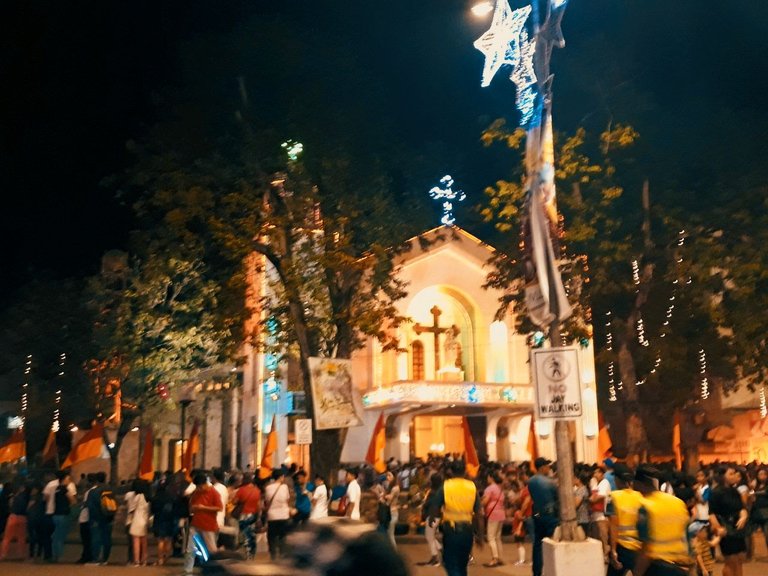
The City and Us
Most of us live in cities, and many more will do so in the future. Cities have a significant role in our lives. We need to get right since they affect our daily lives and sense of community. The beauty and efficiency of a city improve our psychological well-being. But as cities became denser, our cities painfully lacked intelligent design and lost their cultural sense. Sometimes skyscrapers sprout like crazy wild grass that it becomes out of context.
Tragically, the world's cities that we regard as exceptionally lovely are just a fraction. Worryingly, the ones we consider exceptional are often the older and culturally aligned ones. Watching our environment around us evolve so dramatically in only a few generations has had the fatal side effect of deluding us into thinking that everything has progressed. When in reality, urban planning has regressed. It has lost our cultural identity.
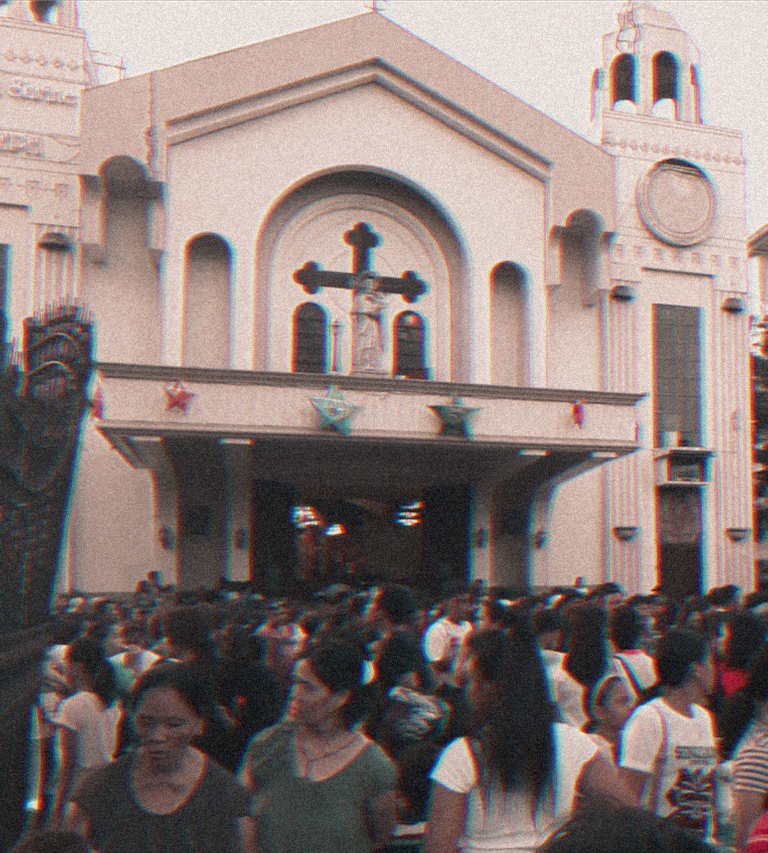
Although technology brings comfort, we can't deny that the world grows less and less habitable by the day. The pandemic that we are continually overcoming is a timely warning of our irresponsible usage of nature. Aside from pollution, we harmed social and cultural identity. Sustainability is always the frontrunner, but it isn't about it that we will talk. I am interested in the social and cultural livability of our cities.
When we hear about urban design, we often associate it with roads, parks, and designing the government halls, but it is that. Generally, urban design aims in changing the physical shape of a city in order to improve it either tangible or intangible. Although changing our cities is the primary focus of the urban design, it is not the only one.
Designing an urban landscape is a complex process that goes beyond its physical appearance. The art of urban design, like other kinds of art, affects things that are unseen to the sight and ungraspable by the touch. It redefines our cities to either livable or the other way around.
I personally experience it with the city that I grew up with. In the early 2000s, I can vividly remember how our plaza seems the happy place that we could ever dream of, but with the change of leadership, most of it was demolished to give room for the road in front of the city hall. Politics is always a reoccurring theme in public spaces and the design of urban spaces. I don't know why but it seems that local politics always messed up our cities, especially if the previous leaders are of their rivals.
When we attempt to understand our cities and what we need to have in our cities beyond sustainability, we need to look at it inside and not on a macro level. If we look at it from the outside, we will inevitably render its residents invisible. Again, we can't comprehend a city from afar or from above. The designer should be experienced firsthand like how we got irritated by the fact that we are stuck in traffic.
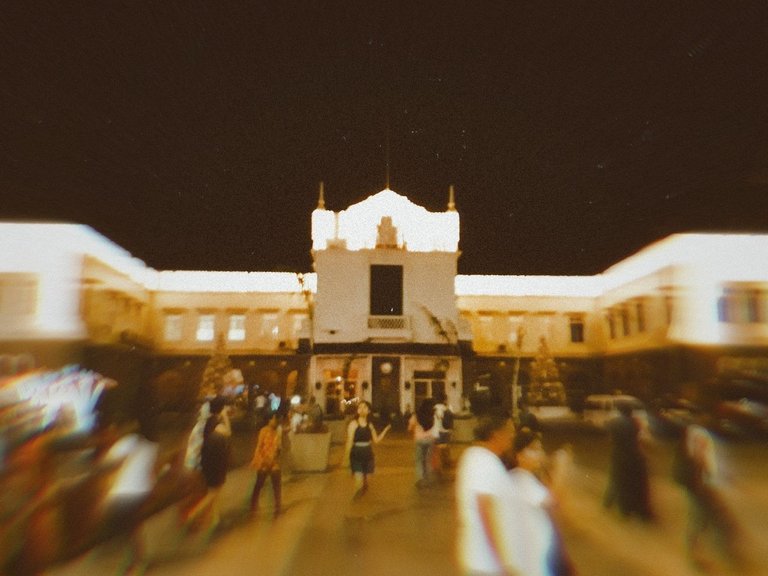
The City is Us
Our instinct will always point out the hero narrative. It is always too easy to believe technology is our hero story that it fixes the problem right away. When it comes to urban space, the real story is often more complicated, which technology combined with sensible policies can make a difference not until a decade then.
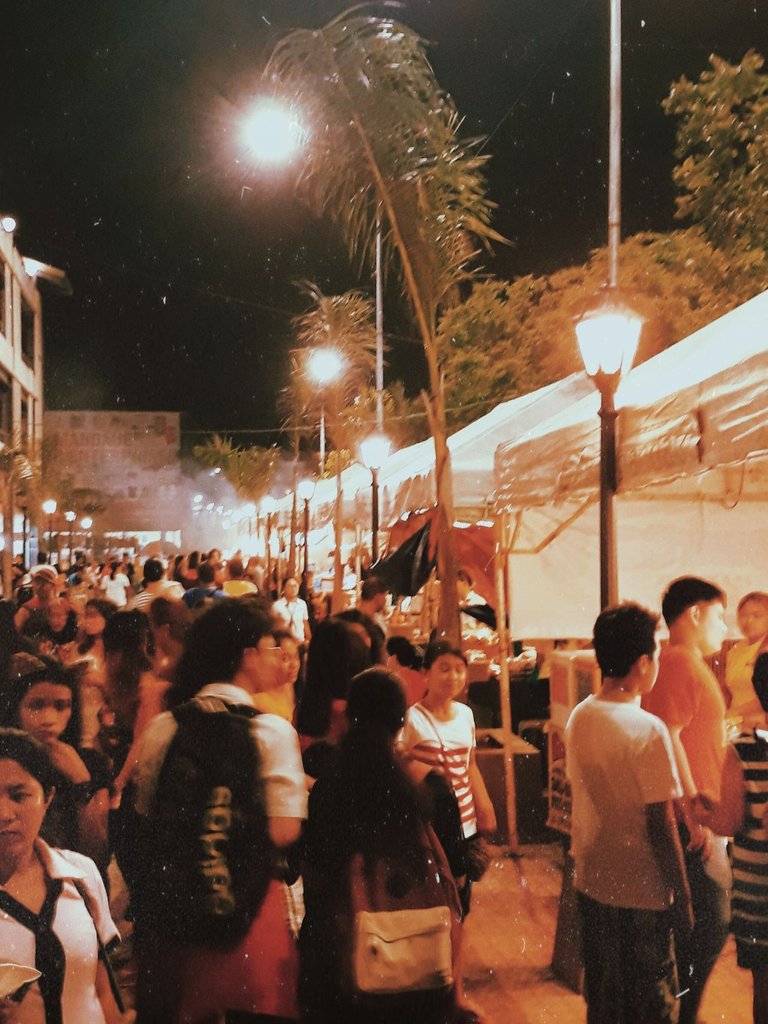
Our sensible approach to urban and public spaces is readily in front of us. It is to understand what we need and how the city can make room for that need. I may sound cliché but the city is us. We exist within the confinement of the space we dwelt. It affects us directly and indirectly that sometimes we don't realize but it always happens.
Urban design, like practically everything else in life, cultivates cumulative interest. Its effects build up day by day, and before we know it, it's turned into a mountain. However, it isn't bad. We can choose the type of mountain we want to create and stack it accordingly. Our quality of life can be made or broken by good or bad urban design. Would we rather see green parks and lively pedestrian spaces, or noisy, congested, air-polluting traffic? All of us will prefer the latter.
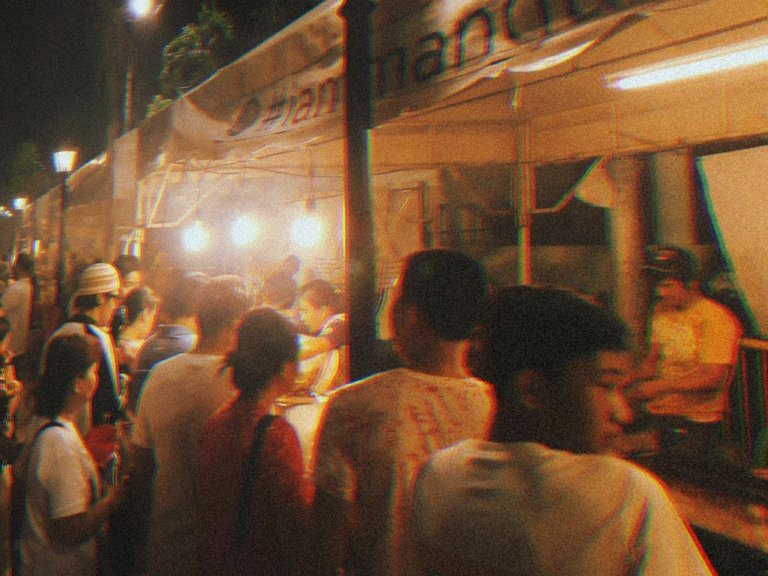
Every day, we face problems individually and collectively. Our cities must be designed to be more sustainable, resilient, and humane. our cities should have better walkability, inclusivity, sustainability on top of technology. As I said, the city is us. The designer should pay attention to it.
Some can argue that our future is bleak, but the future is bright. We can't help population growth and increase urbanization. What we can do is to make our cities better without inequality. We promote civic decentralization and autonomy by elevating the spatial experience of its residents. We should be proud of the cities that we can make with the sense of us and feel a sense of cultural oneness. The design of cities becomes better when we mind that the city is us.
Featured Photos: All photos in the blog is courtesy of the author.
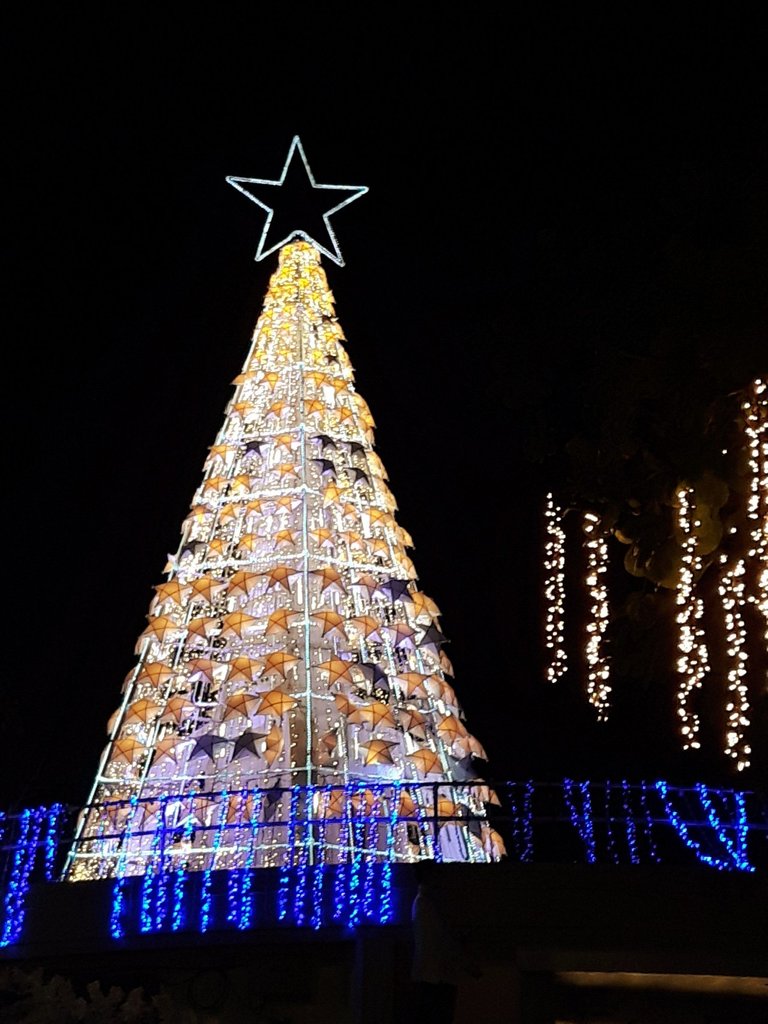
https://twitter.com/juecoree/status/1471161769674809346
The rewards earned on this comment will go directly to the person sharing the post on Twitter as long as they are registered with @poshtoken. Sign up at https://hiveposh.com.
I have to be honest here. One of the things I love about where I live is the ease of getting around and not needing to drive more than 15 minutes or so to get from one end of town to the other. Alot has changed with my city from what it was when I was growing up here to what it is now. It has expanded toward the interstate and that has caused some traffic congestion. Not great! But our downtow area is slowly coming back to life since the automobile industry left us late in the last century. My husband and I are mostly home bodies. He is retired and I work for myself at home. We go to the grocery store as early as possible in the morning to get what we need and get back home before the crowds arrive. I can see where technology and development are both a blessing and a curse. How do you keep the culture alive and still have the infrastructure that is necessary?
Thanks for sharing your experience with how your city changes over the years.
I resonate with you. I also do groceries mostly in the morning. I do hate the afternoon rush and the traffic too. With regards to the technology, I find it similar to what you have stated.it brings bliss and a curse alll together.
We do have anoual feast that celebrates our culture. With regards to urban spaces, culturally significant sites are protected by zoning laws, but sometimes some bypasses it. With infrastructures, a lot of our building are modern looking concreates aside from the churches and heritage sites.
Although most are modernized, we can still see culturally-inspired elements in the design, but most on the interiors.
Enjoy a slice of !PIZZA
Hello, @juecoree! Thanks for the pizza token! Enjoy your Saturday and Happy Holidays!
!ALIVE
Made in Canva
@juecoree! You Are Alive so I just staked 0.1 $ALIVE to your account on behalf of @lisamgentile1961. (1/10)
The tip has been paid for by the We Are Alive Tribe through the earnings on @alive.chat, feel free to swing by our daily chat any time you want.

Good Morning and Thank you, @youarealive! Enjoy your day.😀🎄
Made in Canva
PIZZA Holders sent $PIZZA tips in this post's comments:
juecoree tipped goldgrifin007 (x1)
@juecoree(5/6) tipped @mba2020 (x1)
juecoree tipped afterglow (x1)
juecoree tipped benthomaswwd (x1)
juecoree tipped lisamgentile1961 (x1)
juecoree tipped noble-noah (x1)
juecoree tipped ate.eping (x1)
juecoree tipped dcardinal1985 (x1)
You can now send $PIZZA tips in Discord via tip.cc!
Awesome post, will be honest i prefer living in the countryside to the city i have done both multiple times.
I live in the countryside at the moment.
It is nice to have the space to gather my thoughts.
Have a wonderful day @juecoree
:)
It good to hear that you enjoy the countryside. It is always a good thing to have a place where we can reflect and gather our thoughts. Enjoy a slice of !PIZZA
Absolutely i am truly grateful have a wonderful day my friend:)
I enjoy reading your introspections about life. And with regards to cities, design, and architecture, I do have a similar question: How come other cities are beautiful while others are--to put it simply--not as beautiful? Having been to other urban areas, I can only wish that the infrastructure I've enjoyed there would also be available in my home city.
I appreciate that you enjoy reading my introspection.
I may not an expert on the subject matter, but I can point out one reason. Some cities are beautiful and more livable because it addresses the need s of the people and community. When I said "the needs", I refer it not just the economic and technological side but social and cultural relevance of urban design. For examples, the beautiful cities in Europe often adhere their zoning laws and design requirements to boost culture and heritage. For other countries, only capitalized on being modern that culture is lost in translation.
Enjoy a slice of !PIZZA
Ohhh this is my birthplace 💚😊
Good to see and hear from someone living in the same city.
Dear @juecoree , How many days off do you have for Christmas in the Philippines?
Don't Filipinos wear masks to prevent the spread of coronavirus?
In my world, anyone who doesn't wear a mask in public will have to pay a US$300 fine.
Typically, we had two days off for the Christmas and another 2 days off for New year. For my job, I typically had a week off. Enjoy a slice of !PIZZA
Dear @juecoree , In the world I live in, a Christmas holiday is one day. By the way, I want to write an article about the history of the Philippines, but I would appreciate it if you could review my article.😄
https://peakd.com/pilipino/@goldgrifin007/is-asasiklause-jose-rizals-successor
As for me, I just realized that living in the place where I formerly live contributes to my stress, and it is one of the reasons why I returned home to the countryside.
I definately agree with your reflection that the city or sorrounding affects with our stress. Enjoy a slice of !PIZZA
This was a great look into Urban Design. I had no clue about any of this. There is a city in Washington State called Longview and their claim to fame is being the countries first planned city. :-)
I search for the city that you mentioned. It was indeed famed as the first planned city. Enjoy a slice of !PIZZA
You are welcome back brother,
Honestly, It is our collective effort that will determine how the city will be viewed and perceived, one may have a beautiful urban design and planning with attractive buildings and bridges and couples with bad socio cultural impact on the community, thereby rendering the community with no inner beauty and inner beauty surpass the outer beauty.
I completely agree with your statement. It is in our collective efforts that we bring the best in the city or community that we live. Inner beauty will define how will we esperience the city we lived.
Enjoy a slice of !PIZZA
A thoughtful and straight-to-the-point article, we do agree on many points. I live in Canada but have had the privilege of travelling to Taipei, Taiwan before the lockdowns. There's a major difference between the two countries when it comes to the urban landscape (at least the older parts of Taipei)
Cities will naturally densify, but the way most cities are going about it may not be the best way. I know many cities around the world are building up with skyscrapers like you mentioned. I actually used to be a big fan of skyscrapers until a few years ago when there was a realization that they only server a small fraction of the community. Honestly, who really wants to live next to a 20-40+ floor building? One thing that I would recommend looking up is Granularity by Strongtowns, it's a good read on this topic.
Perhaps we are over planning our urban spaces both old & new now. The automobile certainly hasn't made things any better either. Check out before and after pictures of Boston or Houston before cars showed up.
That's a real shame. I haven't been to many plaza's before but it sounds like this one was really special. There may be a time when the true form of this plaza will be restored?
There is a bright future ahead. If we all settle for a bleak future then most of us will settle for less and not care about these kinds of topics. That is always a recipe for disaster. I really enjoyed your article BTW. I look forward to seeing more posts from you juecoree!
Apologies for the late reply. It good to hear that you appreciate my post.
I resonate with your statement. I can't see people like living up in the sky. I read about Granuality by Strongtowns. I find the idea worth a try for cities as it densities.
I guess in the future the old plaza maybe a thing. If our government solves the traffic issues, I think and believe the old plaza will be rebuild, but for now, it isn't.
Indeed! There is a bright future ahead if we don't settle for less and care much about the side effects of modernization.
Enjoy a slice of !PIZZA
Congratulations @juecoree! You have completed the following achievement on the Hive blockchain and have been rewarded with new badge(s):
Your next target is to reach 36000 upvotes.
You can view your badges on your board and compare yourself to others in the Ranking
If you no longer want to receive notifications, reply to this comment with the word
STOPCheck out the last post from @hivebuzz:
Support the HiveBuzz project. Vote for our proposal!